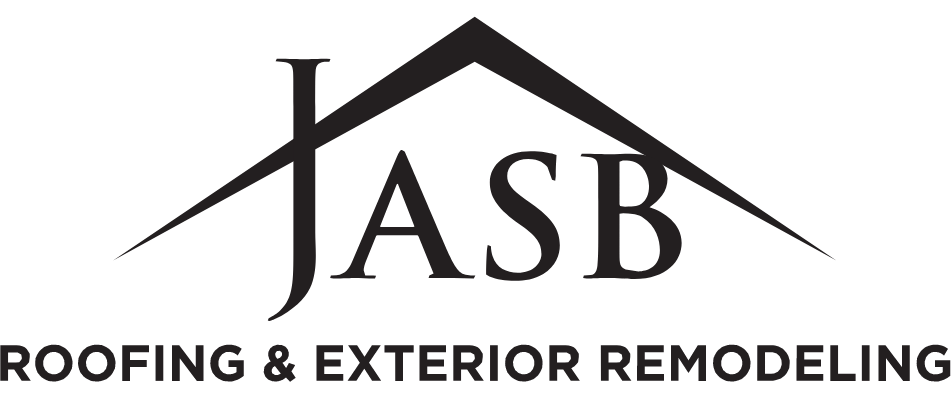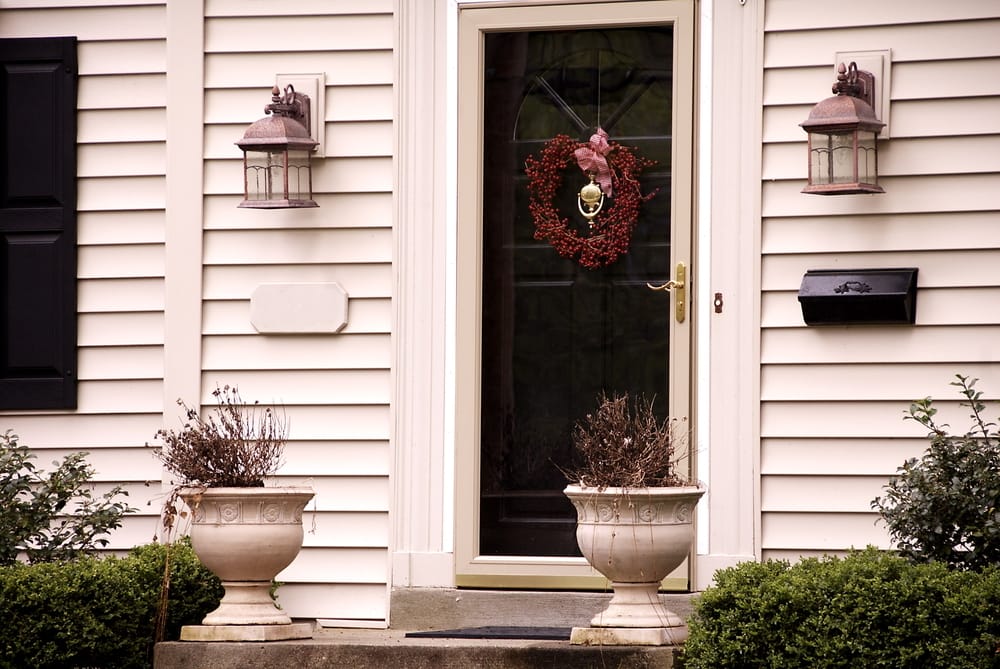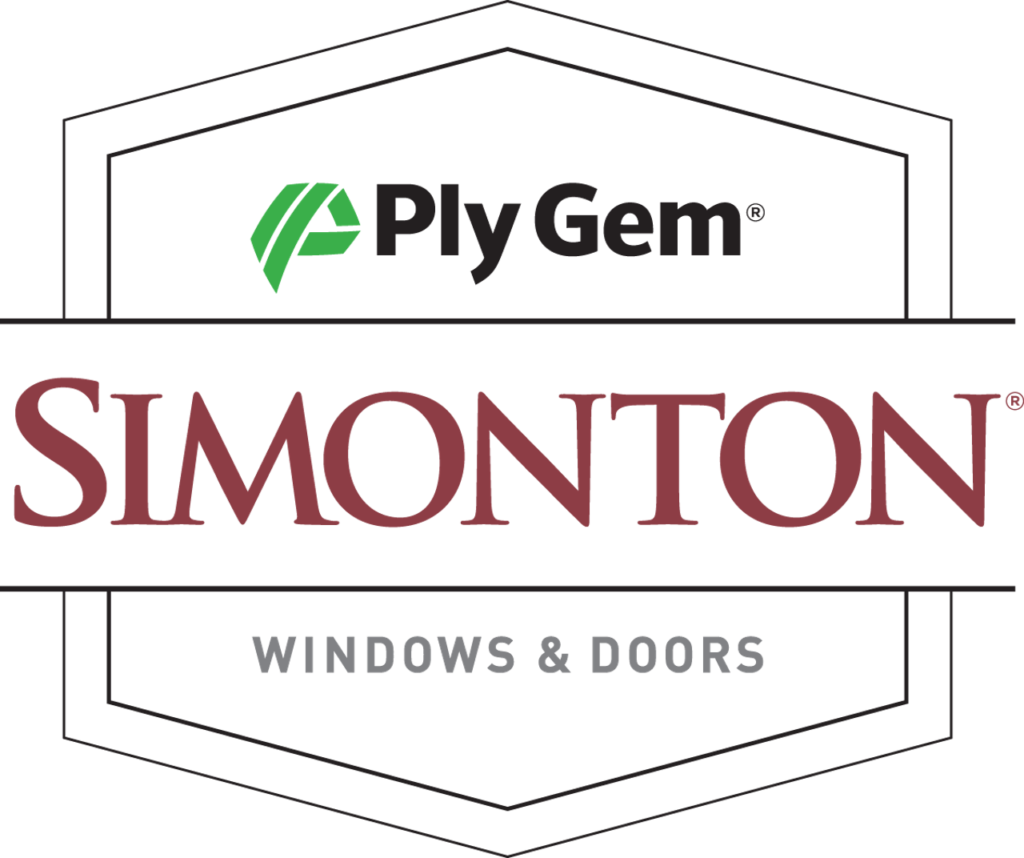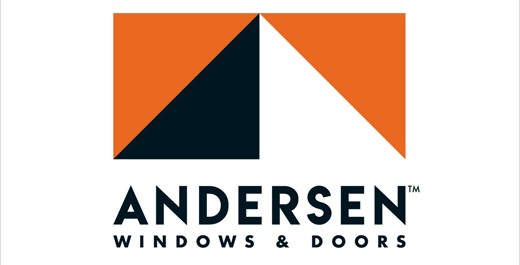So, you’re thinking about replacing the siding on your house. Maybe it’s looking a little worse for wear, or you’re just ready for a fresh new look. But before you start ripping off those old panels, there’s one big question on your mind: how much is this going to cost me?
Well, buckle up, because we’re about to take a deep dive into the world of siding replacement costs. From the different types of materials to the factors that can affect your final bill, we’ll cover it all. And by the end, you’ll have a pretty good idea of what to expect when it comes to the cost to replace siding on a house.
Average Cost to Replace Siding on a House
Replacing your home’s siding is a big investment. But how much does it actually cost?
Cost Per Square Foot
On average, new siding costs between $4 to $13 per square foot installed, according to HomeGuide. So for a typical 2,500-square-foot home, you’re looking at a total cost of $10,000 to $32,500. Of course, that’s a pretty wide range. The exact siding cost for your home will depend on several factors.
Total Cost for a 2,500 Square Foot House
Angi reports that the average cost of replacing siding on a 2,500-square-foot house is $11,435. Most homeowners can expect to pay somewhere between $5,576 and $17,529. It pays to really understand all the components that go into the total house costs for a siding replacement project. That way, you can make informed decisions and avoid paying for things you don’t need.
Factors That Affect Siding Replacement Cost
The size and shape of your home play a big role in the overall cost of installing siding. A larger, multi-story home with lots of corners and angles will cost more than a simple one-story ranch. The siding material you choose and the quality of that material also impact the total price tag. Higher-end materials like stone veneer or engineered wood come with a higher cost than budget options like vinyl. Don’t forget to factor in the cost of labor too. More complex installations require more time and skill, which means higher labor costs. Other cost considerations include:
- Removing old siding
- Repairing damage to walls underneath
- Adding insulation
- Installing moisture barriers
- Paying for permits and inspections
The time of year can affect siding costs as well. Scheduling your siding project during the off-season may score you a discount.
Siding Material Costs
One of the biggest decisions when it comes to budgeting for new siding is what material to use. Each option comes with its own set of pros, cons, and price points.
Vinyl Siding
Vinyl is the most popular siding material, and for good reason. It’s affordable, durable, and easy to maintain. According to Bankrate, the average cost to install 1,250 square feet of vinyl siding is $16,348. You can expect to recoup about 94.7% of that cost when you sell your home. Nothing beats the classic look of real wood siding. But that beauty comes at a cost. Wood siding is more expensive than vinyl, typically running between $6 to $12 per square foot installed. It also requires more upkeep, including regular painting or staining.
Fiber Cement Siding
Fiber cement is a durable, low-maintenance alternative to wood. It’s made from a mix of wood fibers, sand, and cement. Expect to pay around $19,361 to cover 1,250 square feet of your home with fiber cement siding, according to Bankrate. You’ll get back about 77% of that investment when you resell.
Other Siding Materials to Consider
While vinyl, wood, and fiber cement are the most common siding materials, they’re not your only options. Other choices include:
- Aluminum siding
- Brick veneer siding
- Stone veneer siding
- Engineered wood siding
- Stucco siding
- Steel siding
Each of these materials has its own unique look and price tag. For example, stone veneer can cost up to $30 per square foot installed, while aluminum siding runs as low as $3 per square foot.
Signs You Need to Replace Your Home’s Siding
Not sure if it’s time to replace your siding? Here are some telltale signs to look out for: Take a walk around your house and inspect the siding up close. Look for cracks, gaps, holes, or any other signs of damage. Warped, buckled, or sagging siding is another red flag. This could indicate water infiltration or structural issues. Don’t ignore these problems. Damaged siding can’t protect your home properly. Delaying repairs could lead to more extensive (and expensive) issues down the road.
High Energy Bills
Have you noticed your heating and cooling costs creeping up? The culprit could be your siding. Old, worn-out siding is less effective at insulating your home. As a result, your HVAC system has to work overtime to maintain a comfortable temperature inside. Replacing your siding with a more energy-efficient option can help lower those utility bills. Look for insulated vinyl siding or siding with a high R-value for the best results. Is your siding looking a little worse for wear? Faded, chipped, or peeling siding can make your whole house look shabby. Updating your siding is a great way to boost your home’s curb appeal. A fresh, modern look can also increase your property value. If you’re planning to sell your home soon, new siding is a smart investment. A report from Remodeling Magazine found that a siding replacement can recoup over 75% of its cost at resale.
Moisture Infiltration
Moisture is the enemy of any home. If water is getting behind your siding, it can lead to all sorts of problems like mold, mildew, and rot. Keep an eye out for signs of moisture damage, such as:
- Peeling paint or wallpaper inside your home
- Soft or spongy walls
- A musty smell
- Visible mold growth
If you suspect moisture issues, call in a professional to assess the situation ASAP. Catching water damage early can help you avoid costly repairs later.
Pest Infestation
Bugs and critters love to make their homes in damaged siding. Cracks and holes give them the perfect entry point into your house. Termites, carpenter ants, and other wood-boring insects can cause serious structural damage if left unchecked. Rodents like mice and rats can also squeeze through small openings and wreak havoc inside your walls. If you notice any signs of pests around your siding, it’s time for a replacement. Choose a material that’s resistant to insect damage, like fiber cement or vinyl, for added protection.
Benefits of Replacing Your Home’s Siding
A siding replacement is a big project, but it comes with even bigger rewards. Here are some of the top benefits of installing new siding: New siding can help keep your home cooler in the summer and warmer in the winter. That means lower energy bills and a more comfortable living space. Look for siding with built-in insulation or a high R-value for the best energy efficiency. Some materials, like insulated vinyl, can reduce your energy costs by up to 20%.
Increased Home Value
Replacing your siding is a great way to boost your home’s value. According to a report from Remodeling Magazine, a siding replacement can recoup over 75% of its cost at resale. That means if you spend $15,000 on new siding, you could see an increase of over $11,000 in your home’s value. Not a bad return on investment. Of course, the exact amount will depend on factors like the material you choose and the condition of your current siding. But in general, new siding is a smart way to increase your property value. First impressions matter, especially when it comes to your home. Old, dingy siding can make even the nicest house look run-down. Replacing your siding is an easy way to give your home a fresh, updated look. Choose a color and style that complements your home’s architecture and your personal taste. Don’t be afraid to get creative. Mixing and matching siding materials, like combining stone veneer with fiber cement, can add visual interest and texture to your exterior.
Lower Maintenance Requirements
Tired of scraping and painting your siding every few years? Upgrading to a low-maintenance material can save you time and money in the long run. Vinyl siding is a popular choice for homeowners who want to avoid frequent upkeep. It never needs to be painted, and it’s easy to clean with just a hose and some soap. Fiber cement siding is another low-maintenance option. It’s resistant to rot, pests, and extreme weather conditions. Most manufacturers offer a warranty of 30 years or more. While these materials may cost more upfront, they can save you thousands in maintenance costs over the life of your home. Plus, you’ll have more free time to enjoy your beautiful new exterior.
Understanding the cost to replace siding on your house helps you budget smartly and pick the right material. Prices vary widely, from $4 to $30 per square foot, depending on factors like size, material, and labor. Key decisions include choosing between materials like vinyl, wood, or fiber cement for their balance of cost, maintenance, and energy efficiency.
Choosing the Right Siding Material for Your Home
There’s a lot to consider when choosing siding for your home. It’s not just about style and color – though those are important factors too. You’ll want to think about the climate you live in, how durable the material is, what kind of maintenance it requires, and of course, your budget. Let’s break it down.
Consider Climate
Different siding materials hold up better in certain climates. If you live in an area with extreme temperatures or lots of moisture, you’ll want to choose a material that can withstand those conditions without warping, cracking, or rotting. Vinyl siding is a popular choice because it’s durable and low-maintenance, but it may not be the best option in very hot climates where it could melt or warp. Speaking of durability, this is a key factor in choosing siding. You want something that will protect your home for years to come without needing constant siding repairs or replacement. Fiber cement siding is known for its durability and resistance to fire, insects, and moisture damage. It can last up to 50 years with proper installation and maintenance.
Compare Maintenance Needs
Some siding materials require more upkeep than others. Wood siding, for example, needs to be painted or stained regularly to prevent moisture damage and insect infestation. Vinyl and fiber cement are lower maintenance options that don’t need painting, but they still require occasional cleaning to prevent mold and mildew growth. Of course, your budget is going to play a big role in your siding choice. Vinyl is generally the most affordable option, while materials like brick and stone veneer are on the higher end. Keep in mind that the upfront cost isn’t the only factor – you’ll also want to consider the long-term costs of maintenance and potential repairs or replacement down the line.
Assess Aesthetics
Last but not least, you want your siding to look good. The style and color of your siding can have a big impact on your home’s curb appeal and overall aesthetic. Think about the architectural style of your home and choose a siding material and color that complements it. You may also want to consider trending styles in your neighborhood or region.
DIY vs. Professional Siding Installation
So you’ve chosen your siding material – now it’s time to install it. You may be wondering whether to tackle the project yourself or hire a professional. Let’s weigh the pros and cons. DIY siding installation can save you money on labor costs, but it’s not a project for the faint of heart. It requires a lot of time, physical labor, and specialized tools and skills. If you have experience with home improvement projects and are confident in your abilities, DIY could be a good option for a small-scale project like replacing a few damaged panels. But for a full-house siding replacement, it’s usually best to leave it to the pros.
Benefits of Hiring a Professional
Professional siding contractors have the experience, tools, and crew to get the job done efficiently and correctly. They can spot potential issues like moisture damage or pest infestation that you might miss. Plus, many siding manufacturers only honor their warranties if the product is installed by a certified professional. Hiring a pro may cost more upfront, but it can save you money and headaches in the long run. If you do decide to go the DIY route, make sure you have the necessary skills and tools. You’ll need to be comfortable working on ladders and using power tools like saws and nail guns. You’ll also need specialized tools like a snap lock punch for vinyl siding or a fiber cement shear for cutting cement boards. Make sure to read up on proper installation techniques and safety precautions before getting started.
Finding a Reputable Siding Contractor
If you decide to hire a professional, do your research to find a reputable contractor. Look for someone with experience installing the type of siding you’ve chosen and check their references and reviews. Get detailed quotes from multiple contractors and make sure they include all labor and material costs, as well as any necessary permits. Don’t just go with the lowest bidder – make sure they have a good track record of quality work and customer service.
Preparing for Your Siding Replacement Project
Once you’ve chosen your siding material and installation method, it’s time to prepare for the project. Here are some key steps to take. Make sure you have a clear budget in mind before getting started. Factor in the cost of materials, labor (if hiring a professional), and any necessary permits or inspections. Don’t forget to budget for unexpected expenses like repairs to underlying damage or additional insulation. It’s a good idea to add a buffer of 10-20% to your budget for these types of surprises.
Researching Siding Options
Do your homework on the different types of siding available and their pros and cons. Look at photos of homes with each type of siding to get a sense of how they look in real life. Consider visiting a local home improvement store or siding showroom to see and touch samples in person. You can also ask friends, family, or neighbors for recommendations based on their own experiences. Depending on where you live, you may need to obtain a building permit before starting your siding project. Check with your local building department to find out what permits are required and how to apply for them. Failure to obtain necessary permits can result in fines or even having to redo the work. Make sure to factor permit fees into your overall budget.
Preparing Your Home’s Exterior
Before installation can begin, you’ll need to prepare your home’s exterior. This may involve removing old siding, repairing any underlying damage, and installing a weather barrier and insulation. If you’re hiring a professional, they will typically handle this prep work as part of the project. If you’re doing it yourself, make sure to allow plenty of time for this step and follow proper safety precautions.
Choosing the right siding involves weighing climate, durability, maintenance, cost, and aesthetics. Don’t forget to consider installation options—DIY can save cash but may lack pro perks like warranty validity. Always prep with a solid budget and research.
Conclusion
Replacing the siding on your house is no small feat. It’s a big investment, both in terms of time and money. But with the right information and a little bit of planning, you can make sure you’re getting the best bang for your buck.
Remember, the cost to replace siding on a house can vary depending on a whole host of factors, from the size of your home to the type of material you choose. But by taking the time to research your options and get multiple quotes from reputable contractors, you can find a solution that fits both your budget and your style.
So go forth, my friend, and tackle that siding project with confidence. Your house (and your wallet) will thank you.
